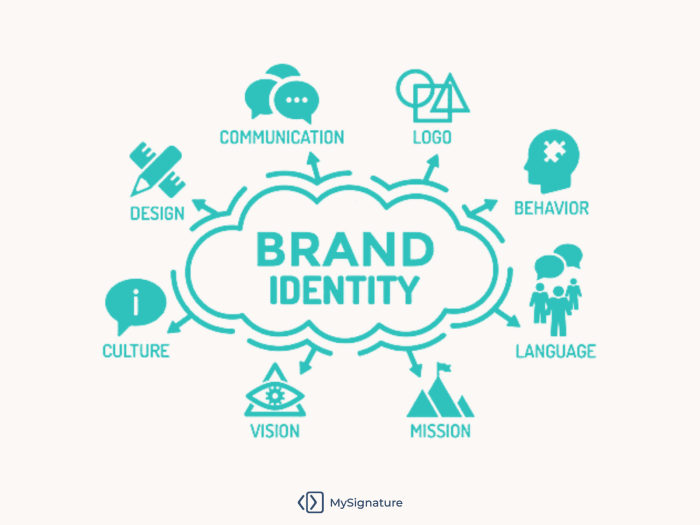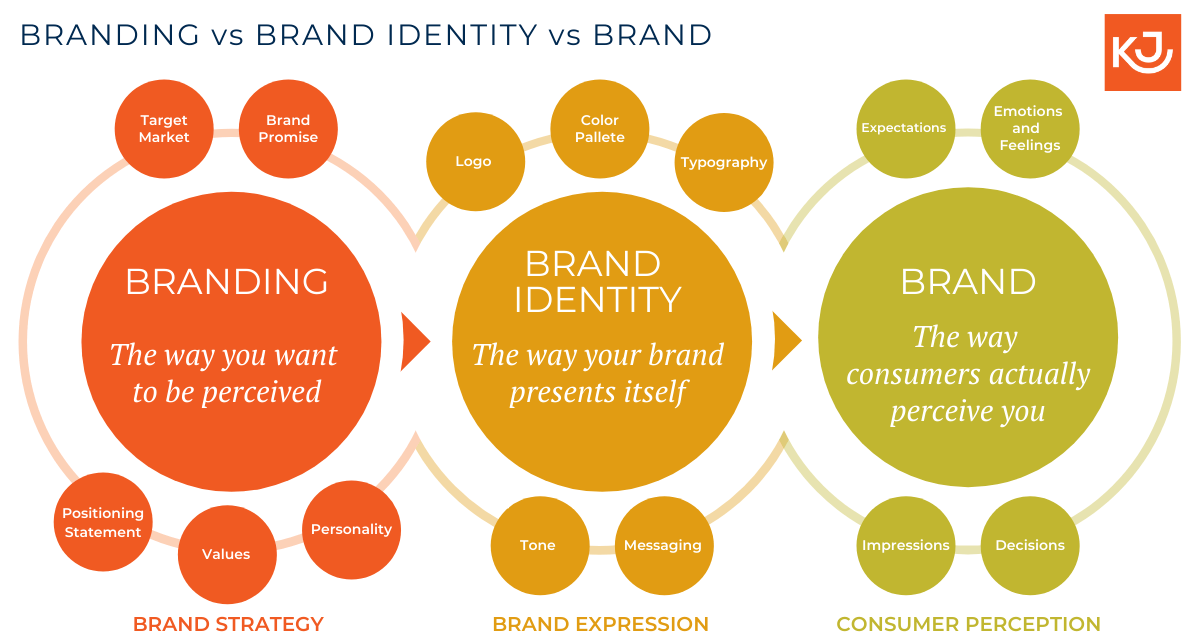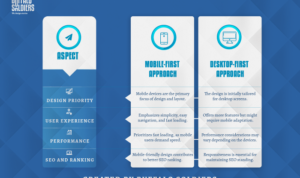Starting off with Brand Identity Building, we dive into the essence of creating a unique identity that sets businesses apart in the crowded market landscape. From logos to colors, every element plays a crucial role in conveying a brand’s message and values. Let’s explore the key components and strategies that drive successful branding initiatives.
Importance of Brand Identity Building

Building a strong brand identity is crucial for businesses to stand out in a competitive market and create a lasting impression on customers. A well-defined brand identity helps companies establish their unique personality, values, and voice, which can attract and retain loyal customers.
Examples of Successful Companies, Brand Identity Building
- Apple: Apple’s minimalist design, innovative products, and focus on user experience have contributed to its strong brand identity and loyal customer base.
- Nike: Nike’s “Just Do It” slogan and iconic swoosh logo have become synonymous with the brand’s values of determination, athleticism, and empowerment.
- Coca-Cola: Coca-Cola’s classic logo, consistent red color scheme, and emotionally resonant marketing campaigns have helped the brand build a strong connection with consumers worldwide.
Impact on Customer Loyalty and Trust
A strong brand identity can lead to increased customer loyalty and trust. When customers recognize and resonate with a brand’s identity, they are more likely to choose that brand over competitors, even if the price is higher. Consistent branding builds credibility and reliability, fostering long-term relationships with customers.
Elements of Brand Identity
Building a strong brand identity involves several key components that work together to create a cohesive and memorable image for a company. These elements help communicate the brand’s message, values, and personality to consumers, ultimately setting it apart from competitors in the market.
Logo
The logo is often the most recognizable element of a brand’s identity. It serves as a visual representation of the company and is used on all marketing materials, products, and packaging. A well-designed logo can convey the brand’s values, mission, and unique selling points in a single image.
Colors
Color plays a crucial role in brand identity, as different colors evoke specific emotions and associations. Brands carefully choose their color palette to reflect their personality and connect with their target audience. For example, red is often associated with energy and passion, while blue conveys trust and professionalism.
Typography
Typography refers to the fonts and styles used in a brand’s communication materials. The right typography can enhance the brand’s message and make it more memorable. Brands choose fonts that align with their personality and values, creating a consistent look across all platforms.
Imagery
Images and graphics are essential elements of brand identity, as they can evoke emotions and create a visual connection with consumers. Brands use imagery to tell their story, showcase their products, and create a unique visual identity that sets them apart from competitors.
Voice and Tone
The voice and tone of a brand’s communication are crucial in shaping its identity. Whether it’s through marketing copy, social media posts, or customer service interactions, brands use a consistent voice and tone to convey their personality and values. This helps build trust and loyalty with consumers.
Packaging
Packaging is often an overlooked element of brand identity, but it plays a significant role in shaping consumers’ perceptions. Well-designed packaging can enhance the brand experience, communicate the brand’s values, and differentiate it from competitors on the shelf.
Brand Story
Every brand has a unique story that sets it apart from competitors. By sharing this story with consumers, brands can create an emotional connection and build brand loyalty. The brand story should be authentic, compelling, and aligned with the brand’s values and mission.
Developing a Brand Identity Strategy: Brand Identity Building
Creating a brand identity strategy is essential for businesses to differentiate themselves in the market and connect with their target audience effectively. It involves a series of steps to establish a unique and recognizable brand image.
Steps in Creating a Brand Identity Strategy
- Define Your Brand: Clearly articulate your brand values, mission, and vision.
- Conduct Market Research: Understand your target audience, competitors, and market trends.
- Create Brand Guidelines: Develop visual elements, messaging, and tone of voice that reflect your brand.
- Implement Consistently: Apply your brand identity across all touchpoints, from logo design to customer interactions.
- Evaluate and Adapt: Continuously monitor and refine your brand strategy based on feedback and market changes.
Market Research in Shaping Brand Identity
Market research plays a crucial role in shaping a brand’s identity by providing insights into consumer preferences, behaviors, and market dynamics. By understanding your target audience’s needs and perceptions, you can tailor your brand identity to resonate with them effectively.
Tips for Aligning Brand Identity with Target Audience and Market Positioning
- Know Your Audience: Conduct thorough research to understand the demographics, psychographics, and preferences of your target market.
- Create a Unique Value Proposition: Identify what sets your brand apart from competitors and highlight it in your messaging.
- Maintain Consistency: Ensure that your brand identity is consistent across all communication channels to build trust and recognition.
- Adapt to Market Trends: Stay agile and responsive to changing market dynamics to remain relevant and competitive.
- Solicit Feedback: Listen to your customers’ feedback and integrate their suggestions into your brand strategy to enhance customer satisfaction.
Brand Identity and Marketing

When it comes to marketing, brand identity plays a crucial role in shaping strategies and influencing consumer perception.
Influence of Brand Identity on Marketing Strategies
Brand identity helps marketers create targeted campaigns that resonate with their target audience. By understanding the values, personality, and unique selling points of a brand, marketing strategies can be tailored to effectively communicate with consumers.
Importance of Consistency in Branding Across Different Marketing Channels
Consistency in branding across various marketing channels is essential to build brand recognition and trust. When consumers encounter consistent branding elements such as logos, colors, and messaging, they are more likely to remember the brand and develop a sense of familiarity and reliability.
Examples of Successful Marketing Campaigns Leveraging Brand Identity
- The “Just Do It” campaign by Nike is a prime example of leveraging brand identity successfully. The slogan encapsulates Nike’s brand image of empowerment, motivation, and action, resonating with consumers across different marketing channels.
- Apple’s “Get a Mac” campaign is another great example of using brand identity to drive marketing success. The campaign highlighted the differences between Mac and PC in a clever and memorable way, reinforcing Apple’s brand image of innovation and simplicity.
- Coca-Cola’s “Share a Coke” campaign personalized the brand experience by featuring individual names on its bottles. This campaign not only boosted sales but also strengthened Coca-Cola’s brand identity of bringing people together and spreading happiness.






